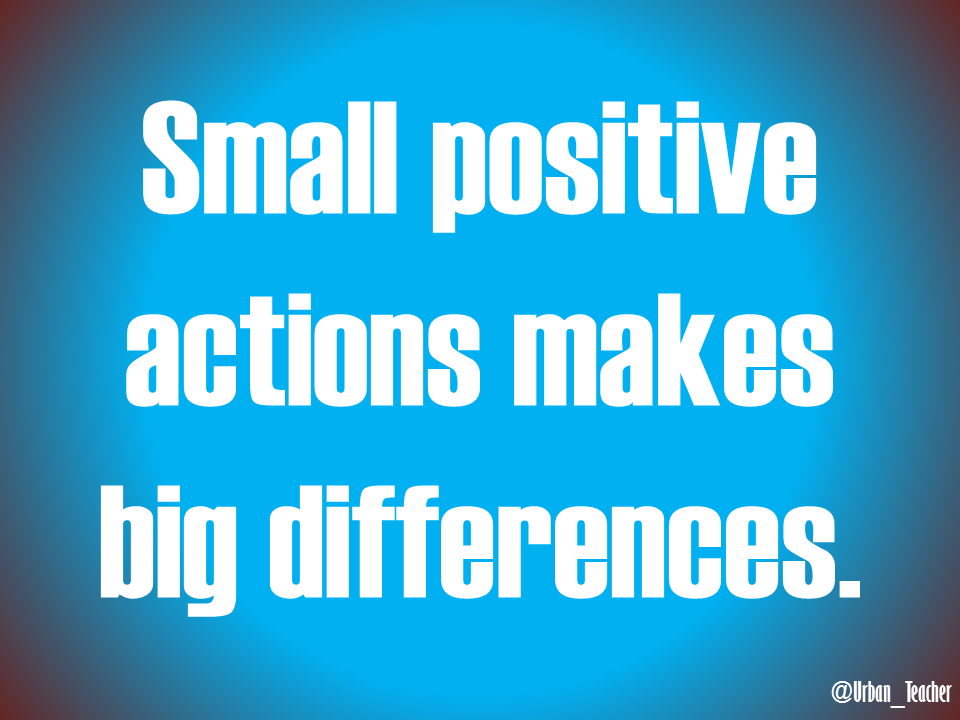In
this thoughtful article in AMLE Magazine,
Melissa Marks (University of Pittsburgh/ Greensburg) describes how much her
students enjoyed playing competitive review games when she was a middle-school
teacher. But one year, an eighth-grade girl refused to take part in the games,
and after class broke down in tears and told Marks that other students called
her “stupid” and taunted her when she didn’t get points for her team (“That was
so easy”). Other teachers suggested putting
an end to competitive games or having the girl serve as a helper, but Marks hit
upon a different solution: allowing groups of students to work together, thus
removing the pressure to answer individually. With student input, she shaped a
new review game that was dubbed The Betting Game by students. Here’s how it
works.

Recommend we create a Google Folder to house some that have been successful in your classrooms. I'll send a link to a folder today.
ReplyDeleteWe do the chip game using theoretical probability.
ReplyDeleteStudents monitor how many chips of 4 colors have been randomly selected from a concealed object; knowing beforehand how many of each color was in the apparatus. Before each selection the players give the teacher their prediction and their play.
A computer made game board projected on the board keeps track of the player’s selections, plays and outcomes; fewer chips make for faster games. Plus Cool Prizes!
sounds awesome!
DeleteI really wanted to enjoy this game, took the day off work and all. But No. The main issue is that you are never more than a couple feet from an enemy. They start fighting you and a hundred men come over, planes cars boats helicopters (no helicopters) . There is no way of just going from one objective to the other because all the beef you just can't relax and the game itself is just not good.
ReplyDeleteSee more review: Matching games
Hunt: Showdown
A Plague Tale: Innocence